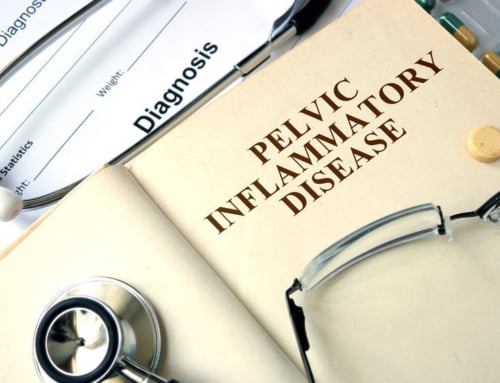Pap Smears: Who Needs Them?
Women should begin getting pap smears at the age of 21 years and in normal circumstance, should repeat them every three years. Women who are at high risk of cancer should be tested more frequently. Women who are HIV-positive and those who have recently had chemotherapy, or an organ transplant should also be tested more often.
Women who are thirty years and older and who have had three consecutive negative pap smear test results only need to have a pap smear every five years. Pap smear tests should also be combined with HPV (human papilloma virus) screening. HPV is a virus that causes genital warts. Women with HPV have a higher risk of getting cervical cancer.
Pap smear: what to expect
During a pap smear, a speculum is inserted into the patient’s vagina. The speculum is used to keep the vaginal walls open to allow the doctor access to the cervix. The doctor scapes a small cell sample from the cervix using a special brush. Some women feel mild discomfort during the procedure.
Pap smear: what do the results mean?
If the pap smear test results are normal, nothing needs to be done. If a woman has an abnormal pap smear result, this typically means that some of the cells have changed. However, this does not necessarily mean that its cancerous. Other reasons for an abnormal result include inflammation, infection, HPV, herpes, or trichomoniasis.
Abnormal cells are defined as high-grade or low-grade. Low-grade cells are only slightly abnormal. High-grade cells have a greater difference to normal cells and may develop into cervical cancer. The abnormal cells are often referred to as carcinoma in situ or pre-cancer.
After an abnormal pap smear result
In many cases, abnormal cells will go away by themselves. In these cases, the doctor may recommend that the takes another pap smear within six months. However, patients should discuss results with a healthcare professional to find out exactly what their results mean and what steps they should take. The doctor may recommend treatment to ensure that the abnormality will not develop into cervical cancer.







